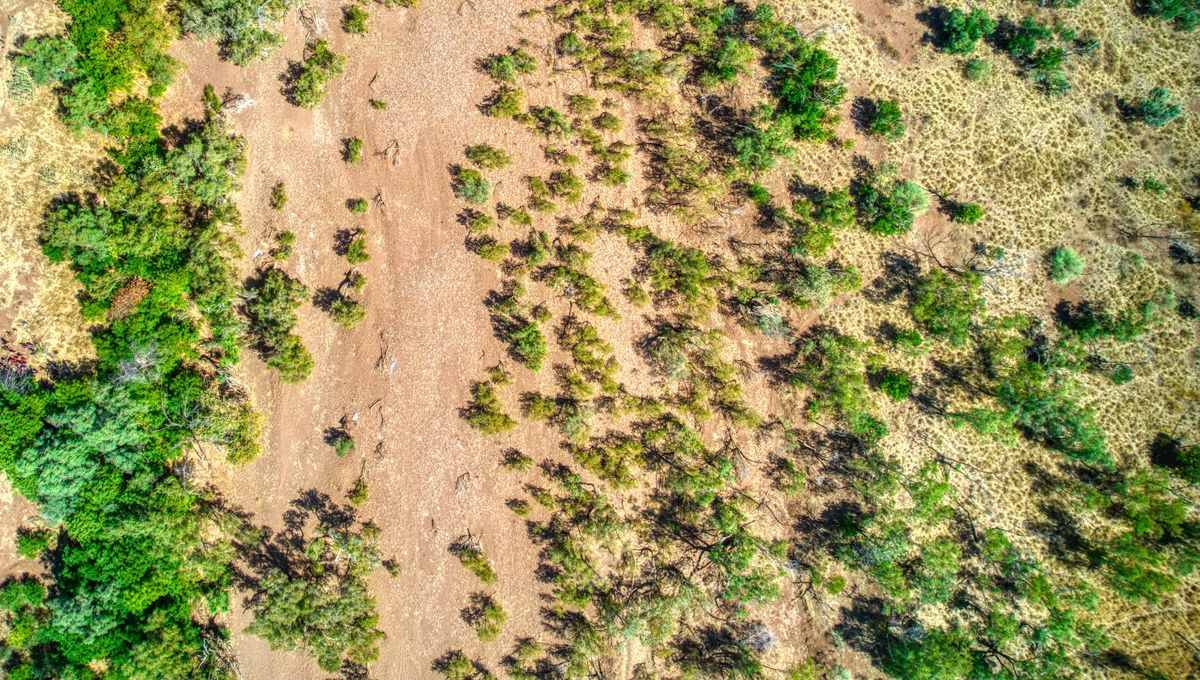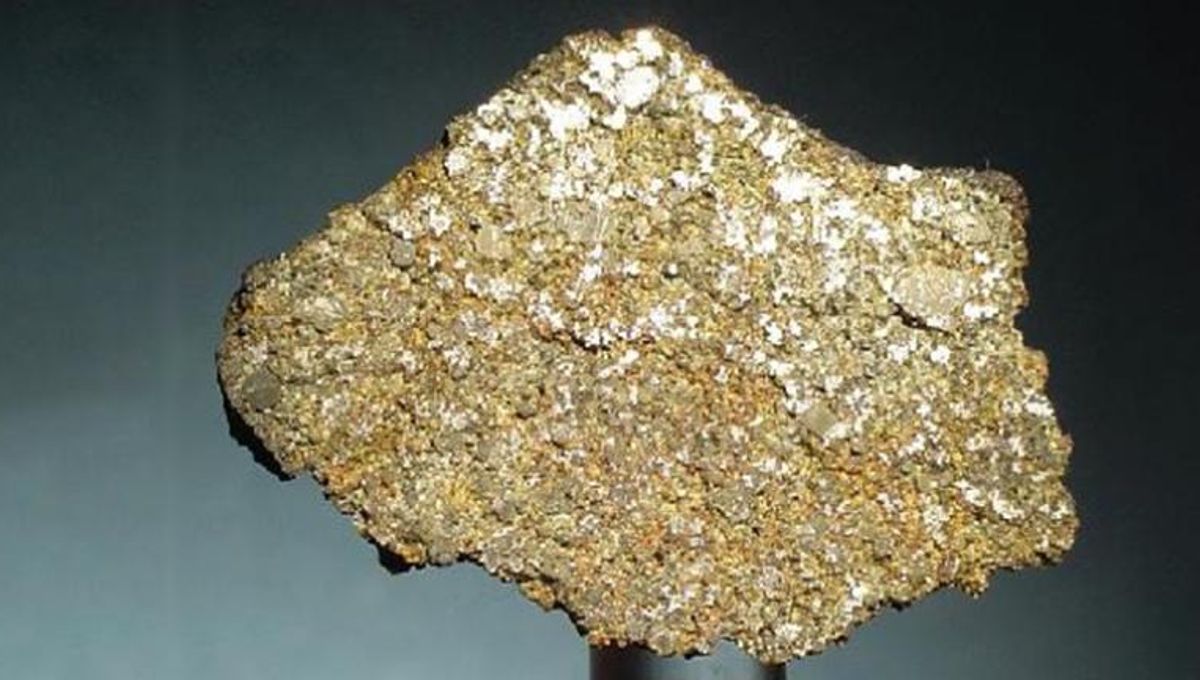Alan Turing, known as the father of computing, is famous for his groundbreaking work in cracking the German Enigma machine during World War 2, which saved countless lives. He also faced persecution by the British State for being gay. However, one of his lesser-known achievements is a 1952 paper titled “The Chemical Basis of Morphogenesis”. In this paper, Turing explores how patterns emerge from a uniform state.
Imagine the spots on a leopard or the stripes on a tiger. These patterns have a repeated element, but not with perfect regularity like a checkerboard. There is still a shape or feature that repeats across space, as explained by Ben Balas, a psychology professor at North Dakota State University.
Scientists have long suspected that these patterns could also apply to the growth of plants, especially in regions with limited resources like semi-arid areas. However, proving this hypothesis has been challenging.
Now, researchers have successfully simulated the emergence of these patterns in a biological system, marking the first validation of Turing patterns in vegetation growth through experiments.
The team conducted experiments with chia seeds grown in different substrates with varying levels of diffusion, irrigation, and evaporation. They also ran simulations with the same parameters. The results showed that regardless of water availability, the growth of chia seeds aligned with mathematical models.
Lead researcher Brendan D’Aquino, an undergraduate computer science student at Northeastern University, explained, “In previous studies, researchers fit models to observed Turing patterns. But here, we were able to demonstrate that changing the relevant parameters in the model produces experimental results that align with our expectations.”
This research was presented at the American Physical Society March Meeting earlier this year.
[h/t: ScienceNews]








